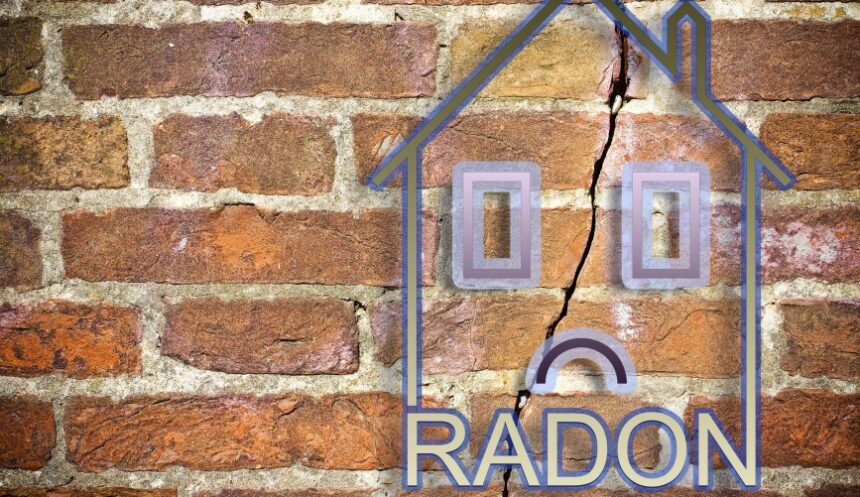Radon is a naturally occurring, invisible, radioactive gas that has no smell or taste but is very dangerous. Commonly found throughout Minnesota, the average radon level in our state is more than three times higher than the rest of the U.S.!
Radon gas comes from a breakdown of uranium, radium, and thorium in groundwater and soil and can have a big impact on indoor air quality. Any home, new or old, with any type of foundation, can have a radon problem. It can seep into homes through cracks in the foundation or other parts of buildings/homes and becomes trapped. Some homes pull in more due to greater pressure differences between outside air and inside air.
Radon gas decays into invisible, radioactive particles that damage the lungs when inhaled.
Lung cancer develops when radon exposure occurs over a long period of time. Radon is the second-leading cause of lung cancer in the U.S.—smoking is number one—with 21,000 deaths annually.
Minnesota Department of Health (MDH) estimates that two of every five homes in Minnesota have a radon level that exceeds the “take action” level compared to approximately one in 15 homes in the U.S. overall. The U.S. Environmental Protection Agency (EPA) calls it a health hazard with a simple solution. They recommend that all homes are tested since it is the only way to know if you and your family are being exposed to it in your home.
MDH recommends that all Minnesotans should test their homes for radon and then retest every 2–5 years. Radon testing kits are available and can be used by homeowners; licensed radon measurement professionals are also in the testing business.
Radon test kits are available at most hardware and home improvement stores. Two types of kits are available: short term (2–7 day quick screen) and long-term tests, which need to measure the levels over a 90-day time period, during both warm and cold seasons. For the most accurate results, professional radon tests are recommended and cost around $100 to get results within 48 hours.
If you have a concern about your home’s air quality, learn more here.


